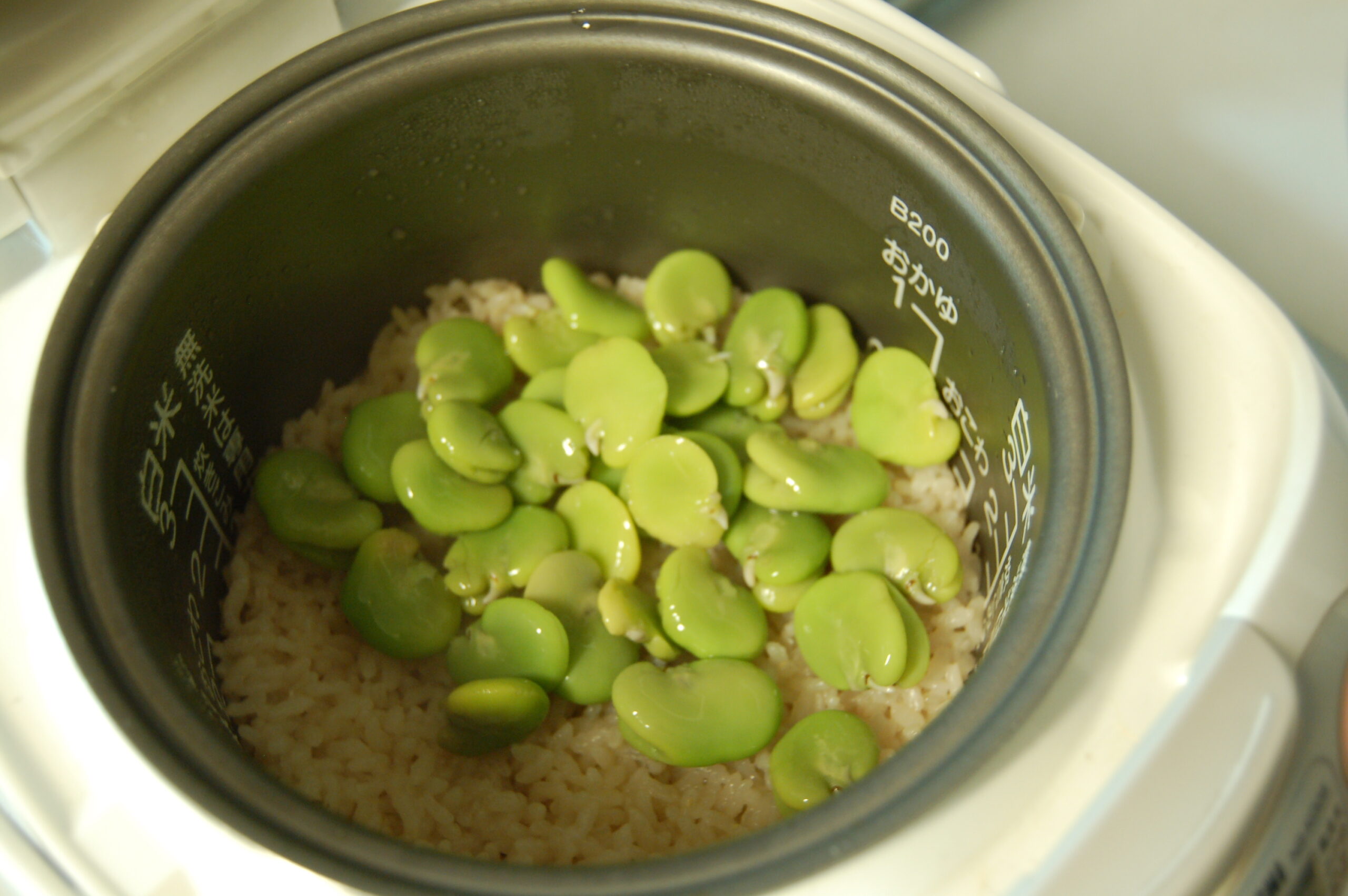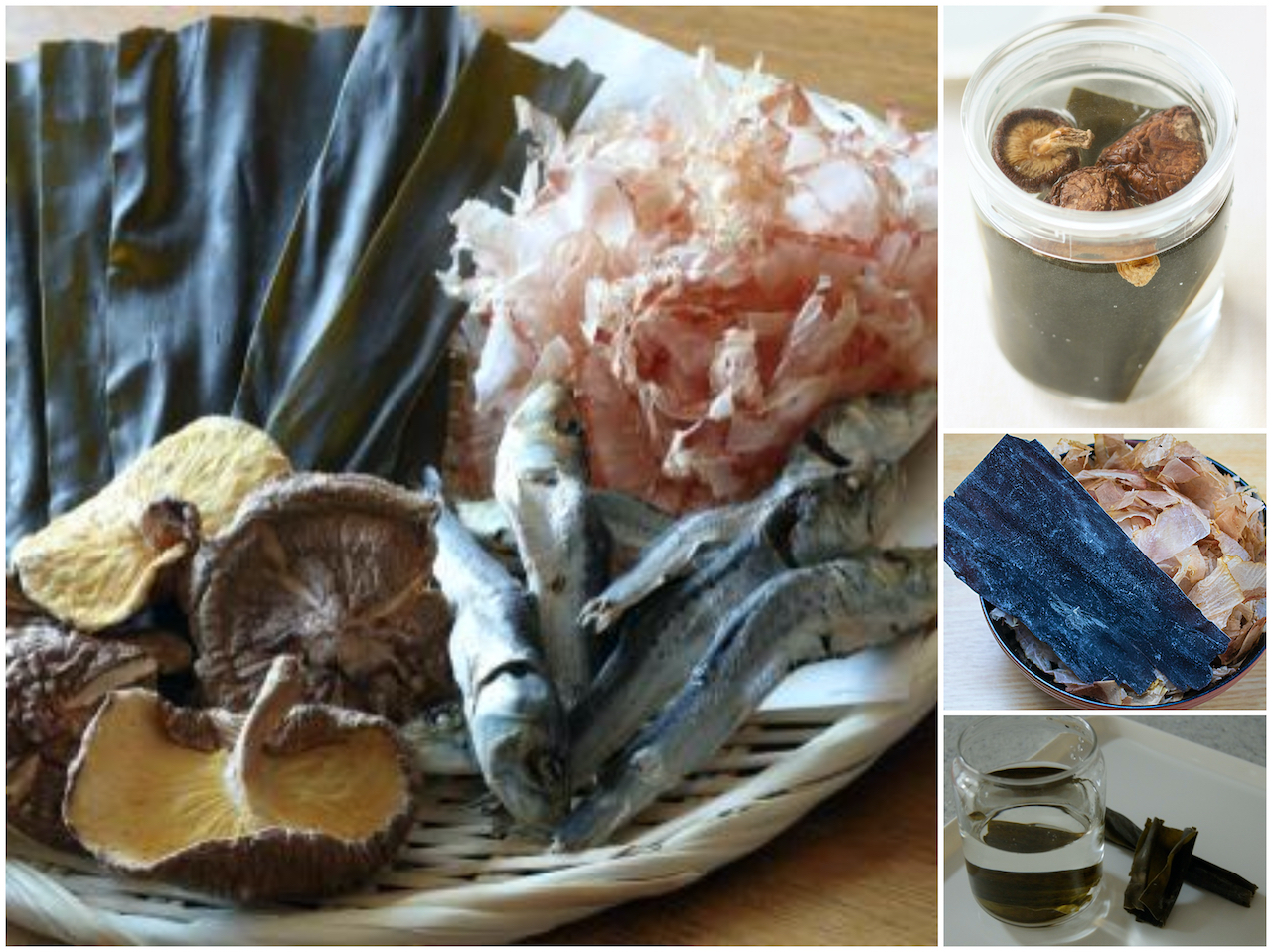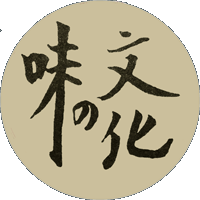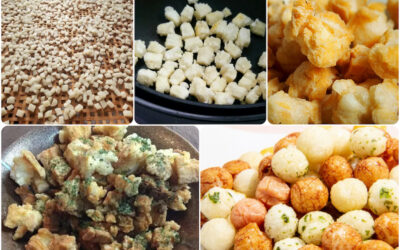
Kitchen Culture Cooking Club
EXPLORE and PRACTICE Japanese cooking in your own kitchenAbout Kitchen Culture Cooking Club
Welcome to the Kitchen Culture Cooking Club, a community space providing encouragement to those who want to EXPLORE and PRACTICE Japan’s washoku wisdom in their own kitchens.
To facilitate this, themed projects will be posted to this page periodically. Project Assignments and links to relevant reference material stored on this site will be posted to this page. Anyone, anywhere in the world, with a sincere interest in Japanese food culture is welcome to browse the contents of this page and then replicate the themed project in their own kitchen.
For those who wish to display-and-discuss their projects with like-minded people, I invite you to join the KITCHEN CULTURE Cooking Club Facebook Group (formerly the TSUDOI Project), an interactive community space.
PROJECT Cooking with Early Summer Bounty

PROJECT Cooking with Early Summer Bounty
初夏の幸の料理 (shoka no sachi no ryōri)
The Japanese delight in cooking with seasonal produce and in the early summer that means making delicious dishes with new peas and beans.
Using the recipes below as a point of departure, create your own BOUNTY-of-EARLY SUMMER DISH using fresh green peas and/or fava beans.
Surinagashi Pureed Soup
すり流し汁 (surinagashi-jiru) is a delightful way to showcase fresh produce. The featured food in this case: new peas and fava beans. After shelling the legumes most cooks discard the pods in which they grew… and that is a shame (mottainai!). The pods contain water-soluable nutrients that enrich the liquid in which they are briefly simmered. Flavor is also extracted from the pods and transferred to the water, making it intensely flavorful.
Peas and favas are a good source of protein, vitamins, and minerals, including vitamin A, B6, C, and K; they are also an excellent source of fiber.

Mamé Gohan
そら豆ご飯 Sora Mamé Gohan (Rice Cooked with Fava Beans)
As spring begins to shift towards summer — the time on the culinary calendar known as shoka, in Japanese — legumes such as sora mamé (fava beans), are welcomed to Japanese tables .
This is a takikomi-style rice dish made with an intensely flavored stock (in lieu of water) infused with smokiness from the addition of roasted bonito flakes. Briefly blanched, shelled beans are the added to the cooked rice before serving.

Various STOCKS (dashi)
Many Japanese dishes are made with dashi stock. Here are several kinds to choose from:
Standard Sea Stock (this recipe includes a variation known as oigatsuo or “extra smoky sea stock”) is made with kelp and fish flakes.
A simple vegan broth, Kelp Alone Stock is, as its name suggests, made from just kombu.
A more complex broth called Sankai Dashi is made from dried shiitake mushrooms and kelp.
Visit my Kitchen Culture blog to learn about KASHIWA MOCHI (柏餅) sweets for the Golden Week holidays.
Read my May, 2024 newsletter about Golden Week holidays.
Recipes and Resources
Stock (Dashi)
Dashi stock is essential to making soups and simmered or stewed dishes. Dashi is also used when making many egg dishes and all sorts of sauces, dips and dressings. Using good dashi will make a noticeable difference in the outcome of so many dishes you prepare.
Click to download recipes for (vegan) Kelp Alone Stock or Standard Sea Stock + Smoky Sea Stock
How to Cook Rice
In Japanese, the word for cooked rice, ご飯 GOHAN, is the same as the word for a meal, ご飯 GOHAN. Indeed rice is central to the meal. Download the Rice with Mixed Grains recipe.
How to Prepare Sushi Rice
Sushi dishes are made with rice that has been seasoned (with sweetened vinegar) AFTER being cooked. Download the Classic Sushi Rice recipe.
Quick Pickles
The Japanese enjoy a wide variety of tsukémono pickles, many can be assembled quickly and are ready to eat within a short time.
Download a recipe for Quick-Fix Hakusai Cabbage.
PROJECT Rice Snacks
Crisp-and-Crunchy Rice Snacks are a delicious way to use up leftover omochi. Inevitably after the New Years holidays pieces of omochi remain uneaten. Dried and cracking they can be repurposed into tasty ARARÉ. This Kitchen PROJECT is about making crisp-and-crunchy...
ARARÉ Rice Snacks
あられ・霰・ARARÉCrisp-and-Crunchy Rice Snacks When listening to the weather report araré means “hailstones” but in the kitchen (or other culinary setting) it means “small cubes” or fine-diced omochi (sticky rice) that has been fried or baked. No doubt the origin of this...
OZONI Honorable Miscellany Stew
お雑煮Ozōni “Honorable Miscellany Stew” Served for brunch on Gan Jitsu (New Year's Day), and on many chilly winter mornings thereafter, ozōni is enjoyed throughout Japan. The name of the dish is rather straightforward and descriptive: the “o” is an honorific applied to...
PROJECT Ozoni
A sampling of REGIONAL OZŌNI Top row, from left: Kanto (Tokyo area) style, Kansai (Kyoto, Osaka) style, Kanto, KansaiBottom row, from left: Tottori with adzuki-jiru, Miyagi with whole grilled goby fish, Kagawa (Shikoku) with anko-filled mochi, Hakata with buri and...





